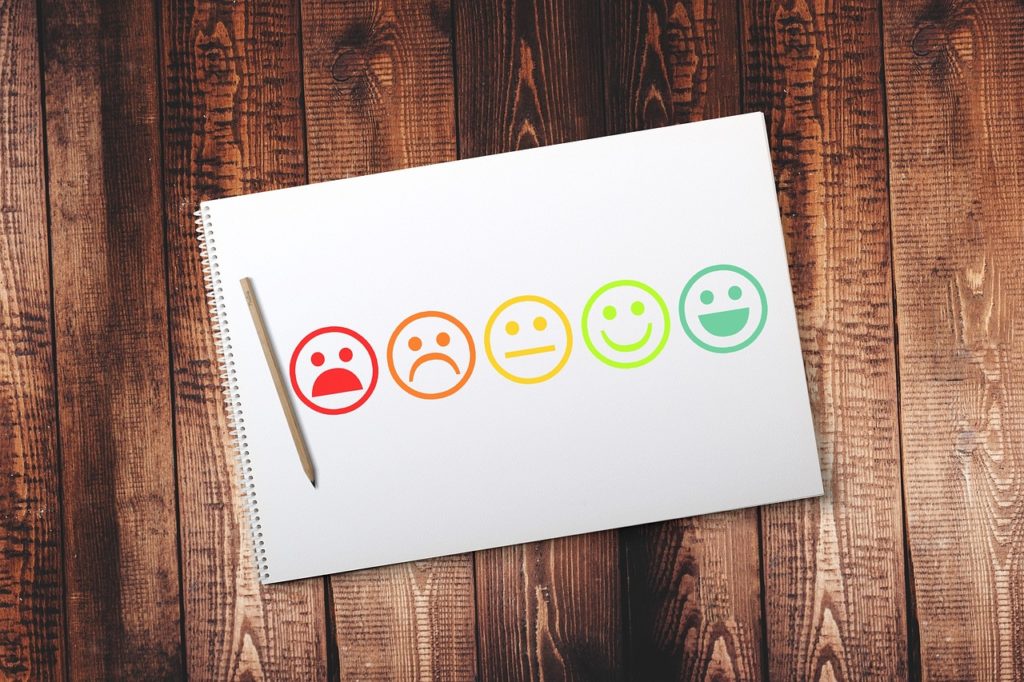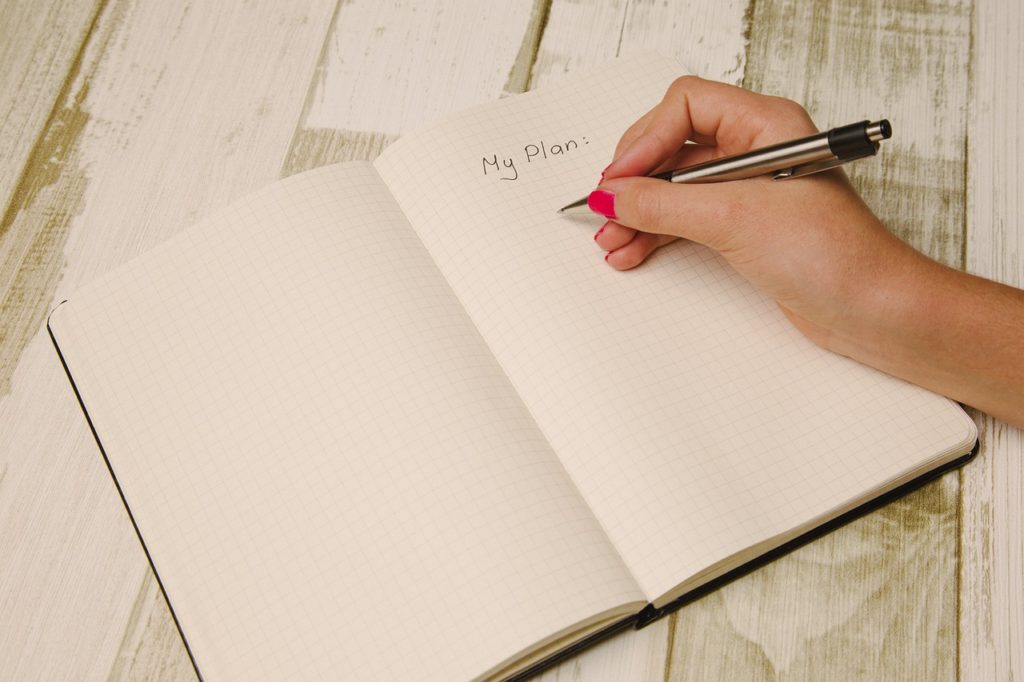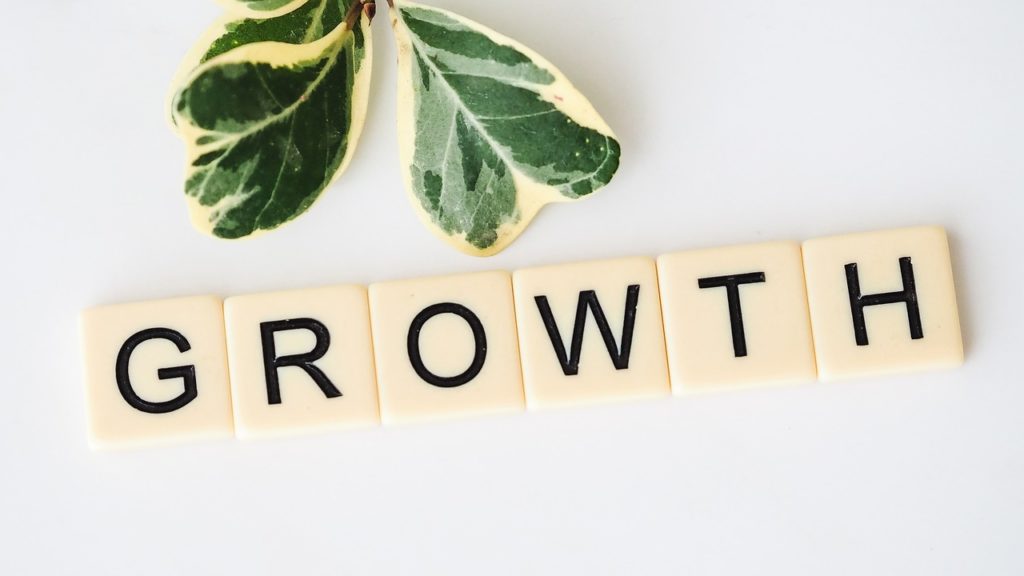A hectic lifestyle can often take its toll on all of us. This inevitably leads to issues such as a lack of focus, insomnia, irritability, and fatigue. We could all do with a few happiness-boosting exercises to help maintain a positive outlook. One woman decided to try Yale’s happiness challenge for 28 days and reported on her experience.
Why Did She Do The Happiness Challenge?

Ask yourself these questions: are you truly happy? If you had to rate your happiness as a percentage, what would the number be? Do you think partaking in a challenge would have an effect on that percentage? Yale recommends that you fill out a survey before and after partaking in the happiness challenge. According to the woman who partook in the challenge, Alexa, the surveys revealed a 10% increase in her overall well-being. Most significantly, she said that she experienced an emotional lift that has helped her feel more “purposeful, joyful, and connected”.
Read More: Having a Sister Is Beneficial To Your Mental Health, Studies Show
How The Happiness Challenge Works

The goal of the happiness challenge is to help people uncover what is making them feel unhappy while simultaneously urging them to adopt certain habits that have been scientifically proven to increase happiness and well-being. The challenge has proven successful for many because it applies a problem-solving framework typically used by business consultants.
Step 1: Understanding Your Baseline

On the first day of the challenge, Alexa took two surveys that Yale offered. These surveys provide a general idea of how happy the participants were and what their specific weaknesses are. Known as the PERMA test, the results are provided as a number between 1 and 10. If you got below 5, you are regarded as “languishing”. Numbers 5 to 6.4 were regarded as “sub-optimal functioning”, and 6.5 to 7.9 were regarded as “normal functioning”. Numbers 8 to 8.0 were in the “high functioning” group, and 9 and above were considered “very high functioning”. While Alexa was regarded as “normal-functioning” in general, there were several areas that needed attention, such as meaning, relationships, and loneliness.
Step 2: Creating A Plan

After reflecting on her results, Alexa started working on a plan on the 2nd day of the happiness challenge. She began by choosing which happiness-affirming habits she wanted to add to her life. Then she focused on whether she wanted to implement them all at once or try introducing something different every week. Yale recommends completing the course in 10 weeks, however, the duration is ultimately up to you. It’s important to prioritize and implement the habits that will balance out the weaknesses revealed in the PERMA survey. So, for example, if the survey revealed your health as a weak point, then prioritize getting adequate exercise and sleep.
Step 3: Implementing and Tracking Progress

The third step is all about conscious and mindful action and implementation. Having a plan is one thing, but putting it into practical action is another. It’s important to keep track of your progress at this stage, making sure we are integrating our habits daily and not falling back on old ones. Try making use of a calendar, ticking off every day that you have integrated a specific habit into your daily flow. Create a daily to-do list, marking them off as you perform the new actions and habits.
Step 4: Checking Your Results

You will notice that keeping track of your progress and observing your improvement will go a long way to permanently integrating these new habits into your daily life. This explains why Yale recommends that you take another survey after you have completed the survey. That way, you can check how your answers differ before and after taking part in the happiness challenge. In Alexa’s case, she noted a marked increase in her overall well-being, especially in the areas she was previously struggling with. She also noted improvements in other areas, such as health, positive emotions, and engagement in daily activities.
The Daily Habits that Yale Recommends Incorporating Into Your Life

Yale recommends incorporating a few daily habits to increase your happiness. The first practice they suggest is to pinpoint and use your signature strengths on a daily basis. These signature strengths can be defined as the personality traits that essentially make you the person you are. The second practice has to do with savoring the present moment. The next practice that you should incorporate into your daily life is expressing gratitude. Kindness is recommended as among the best ways to improve our sense of belonging and fulfillment, according to the Yale Happiness Challenge course.
The Bottom Line on The Happiness Challenge

Improving social connection is also important, with Yale’s surveys revealing that even talking to a stranger improves our well-being. Getting adequate exercise and sleep are probably the least surprising suggestions on the list. The last daily practice that Yale recommends incorporating is meditation. Research has shown that meditation can improve your mental health. So, as you can see, there are many habits that you can incorporate into your life today to make you feel happier, more engaged, and healthier.
Read More: A Study Suggests That Husbands Who Have Controlling Wives Live Longer and Are Healthier

